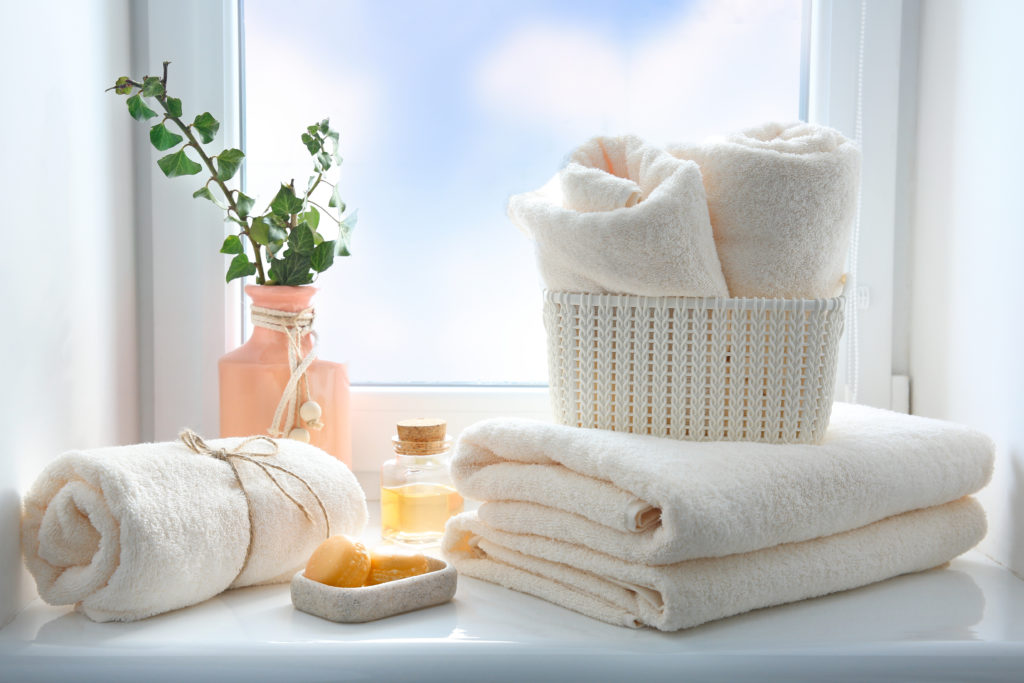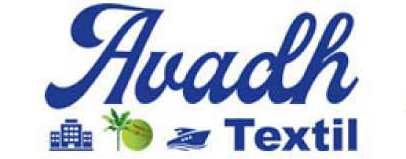
Various types of towels are into different groups according to their uses and sizes as Bath
towels, Hand towels, Face towels, Fingertip towels, Kitchen towels, and Washcloths.
Different types of towels can be made based on GMS, production capacity, pile on the surface,
formation, structure, and finishing, e.g. Terry Towels.
Velour towels
It’s smooth, shiny, and velvety properties uses for the decorative purpose, softer and more
attractive. However, the absorbency is worse, the price is higher. For the velour towels, one side
of the pile loops is cut by the shearing matching to have a smooth look of velvet. For the high
absorbency, pile loops could remain uncut but for the luxurious purpose of velour towel, it is
shearing. A towel by adding some pieces of decorative clothes which are stitched on the top
surface of towels that gives appliques properties.
Terry towels
Terry towels have excellent absorbency property and drying quickly when it wet, very soft and
fluffy. It has two-pick were produced for the end-use of the bathrobe have killed their value
today due to lack of stability of the pile loop. Five or more pike terry towels are occasionally
woven because each pile has to be beaten up twice. So that the most dominant towels are three
and four-pick terry towels.
One-sided pile terry towel vs two-sided pile terry towel
One-sided piles have a low capacity of water absorbency, for special purposes, this type of
towels are used with many difficulties and irregularities. But two-sided pile terry towels have
high water-absorbing qualities with both sides are covered with loops, no difficulties, and
irregularities.
Why we use 100% Cotton Towels:
Cotton fibers grow naturally which is soft consist of cellulose fibers in a protective capsule
known as bolls around the seed of the cotton plant.
Cellulose-94%, Fineness 1-4dtex/2.3-6.9 micro. Fiber length 10-60 mm, Moisture regain 8.5%,
breaking strength 25-50cN/tex, Elongation 5-10%.Absorbency means the ability to remove liquid or water from the surface or skin as in a towel.
Cotton is hydrophilic; it wets easily and holds much more water than synthetic fibers. Cotton
releases a considerable amount of heat by absorbing moisture, but it dries slowly. It is not the
most important of holding the amount of water, but the speed with which moisture releases
from the body. As towels remain wet than the other home textiles mostly, so needs the
vital importance & strength. The wet tenacity of cotton fiber is higher than the
others so that it stable in water. Cotton fiber has higher flexibility and elastic recovery.
Cotton fiber is a natural hypoallergenic so it has less tendency to affect the allergic
reaction. Skin irritation does not occur and the body can be sterilized with moth and beetle harm
resistance. As cotton fiber has lower resistance to microbial, applying an antimicrobial finishes microbial resistance.
Towel Making Process:
Production of towels are as two, three, four, five, or more picks of terry loop weaves. Among these,
the three pick terry toweling is most common.
Warp yarns consist of two sections as pile and ground warp yarns but the weft yarn is in
one system. Pile warp produces front and backside of the toweling and forms 2/1 rib by
1st and 2nd ground warp yarns in which the pile warp yarn is one pick ahead of the rib
formation. Throughout the fabric width, warp yarns are ordered 1:1 or 2:2 piles and ground warp
ends. In the 1:1 warp system, each ground warp yarn is follows a pile warp yarn while in the
2:2 warp system each two ground warp yarn are follows two pile warp yarn.
Weft yarn is about 15 to 25 picks/cm for making towels. And warp ends is about 20 to
30 ends/cm. According to the density of the pile onto the surface, the weft yarn increases 3 to 6
times when the borders are weaving.
Fully customer satisfied products are produced:
To obtaining the hydrophilic properties of these towel fabric silicones are added. It is also
applied to offer a soft handle.
Non-ionic softener is applied for the white fabric but it obtains lower softness. Silicon is best for producing softness of the fabric but it is expensive than the others.
Antimicrobial finishes treats towel fabric to prevent mold and mildew, which also
reduce odor and spreading less harmful organisms. This is an innovation in textile Industry.
Two types of antibacterial finishes are used. The first is used during fiber-forming times,
whereas the other is applied to the finishing process. The second time applying system is more
versatile and widely accepted. Chemical components are responsible for obtaining antibacterial
attributes including fungicides and bactericides.
Avadh Textil is in Textile industry for more than 30 years and serving its clients across Europe. Our products are making a difference in Textile industry because we have our own manufacturing units where quality is derived.
Visit our store:
